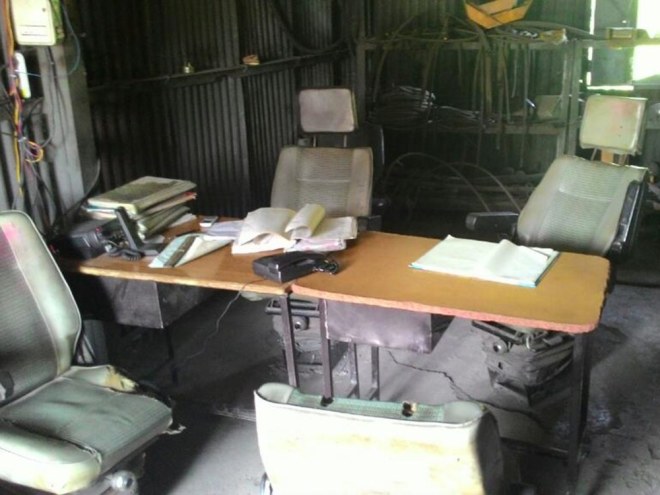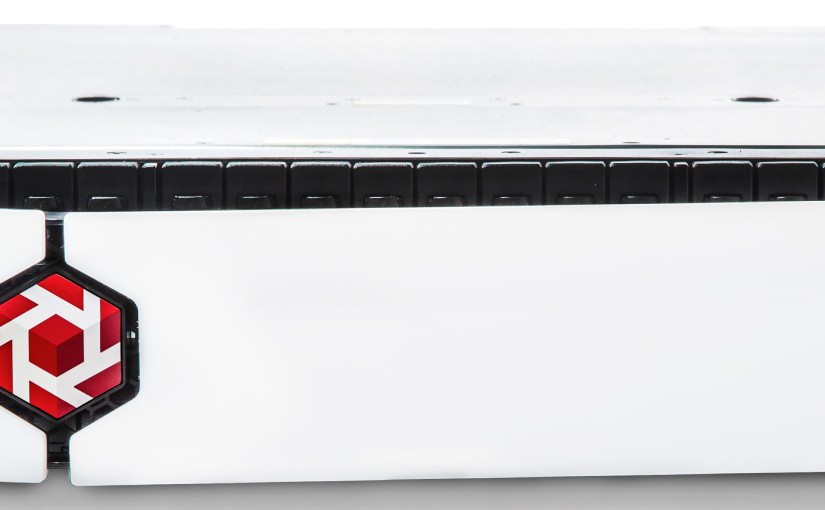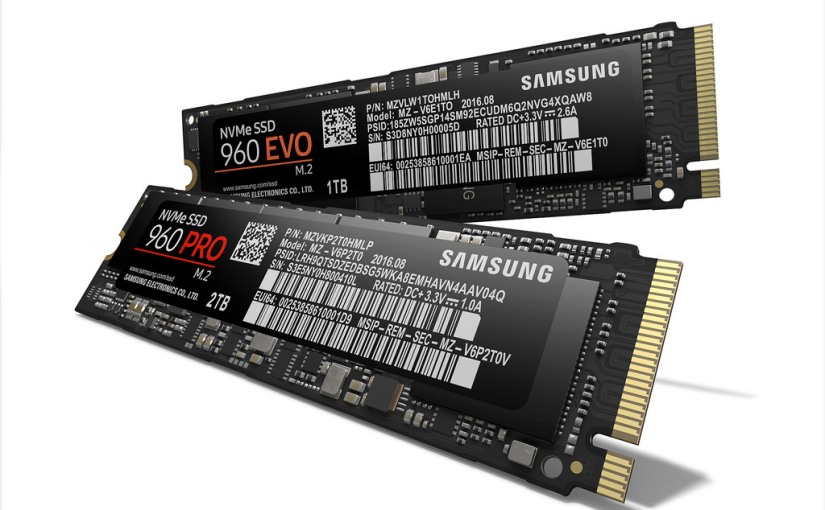Congratulations! Despite a worldwide pandemic and perhaps impending doom, you get to work from home! As someone who has worked from home for quite some time, I have a few pointers on how to maintain productivity without going crazy with cabin fever or end up with a resume generating event.
Tip #1: Find a nice quiet place to do business.
Maybe you’re not like me and you didn’t convert your spare bedroom into an office. No matter, you do need a quiet and well lit place, preferably with a little daylight to help keep a positive mood.
Kids are at home? Well this is a difficult one but there have been times I worked from home and had one of the kiddos with me. My son is already interested in computers so he likes to see what I do for work. It’s a great bonding experience that not only helps me stay motivated but also encourages him to learn something new.

Tip #2: Wear pants
More than likely you will be doing some video teleconferences with your organizations teleconference suite of choice. The last thing you need to happen is standing up when you think nobody is watching and they get a glimpse of your Spongebob SquarePants boxers. I mean, you could probably get away with dressing a little more casual but not that casual.
This would also include anything in the background that may be considered controversial or perhaps embarrassing at least. Last thing you need is someone DM’ing you on Slack about the half naked anime character poster in the background. Hey if that’s your thing, that’s your thing. Just don’t have it in view of the web cam.
Tip #3: Take a break every so often
It is not healthy to sit for long periods of time and to be fair you should be doing this already.
In fact you can take 5-10 minutes to throw a load of laundry into the washer so you don’t have to let it pile up. Take a walk down the block. Play with your dog. Something to help with stress and to keep you from sitting for too long.
Tip #4: Engage with coworkers if you use collaboration software like Slack or Microsoft Teams.
I really, really love Slack. I wish I had this about nine years ago when I had my first remote job. You don’t feel like you’re on an island with coworkers. This and teleconferences allow for better flow of communication which allows teams to stick to the mission. Communication is key, take it from me as a former US Army Signaler.
Tip #5: Take this as an opportunity to eat a healthier lunch.
Let’s face it, nobody likes to pack a lunch and you find yourself eating out more much to the determent to your health and your wallet. Now you have access to your kitchen with the food you paid for. Make a sandwich or a salad. Maybe last night’s leftovers. Either way, you save on money and you’re not eating crappy fast food. Best of all you don’t have to worry about that one person who heats up fish and broccoli in the microwave….unless that you. In that case, what is wrong with you?

Tip #6: Sleep in a little later (but not that late)
Think about it, you don’t have that 30-45 minute commute. Additionally if you want to get up early you can either get an early start on the day or take some time with breakfast and catching up with current events (yes, including the doom and gloom going on right now). However not having the usual morning rush to get out the door and beat traffic will certainly work wonders. You feel more rested, less stress, and a lot more motivation to get through the day.
While I don’t consider myself an expert on telecommuting, I hope these tips help you out. Working from home can be a great experience and hopefully the silver lining out of this encourages more organizations to do this. We have the technology. In fact at Nutanix we have Xi Frame that can make it easy for organizations to allow employees to securely access applications from just about any device.
Happy telecommuting!













